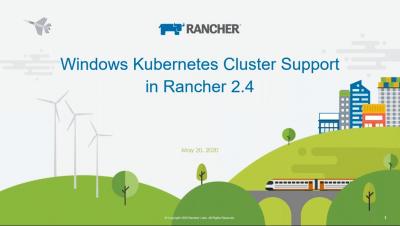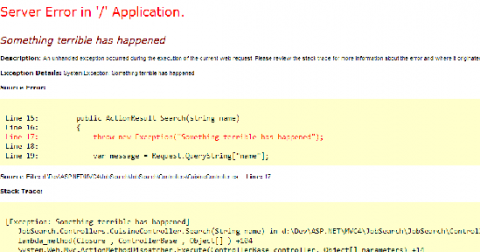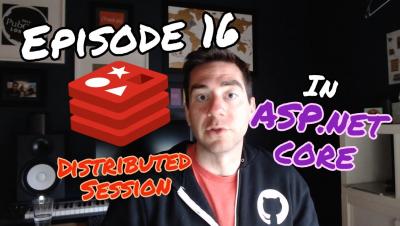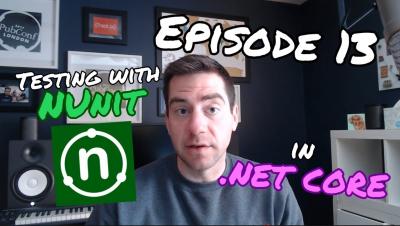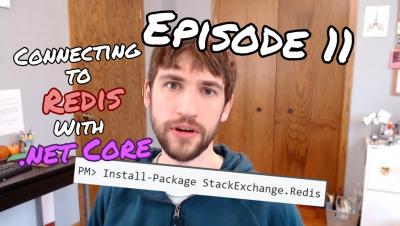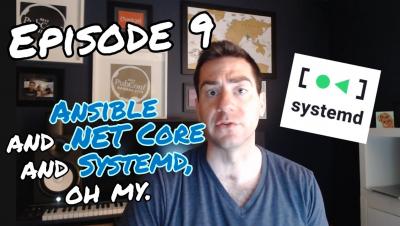Everything you need to know about .NET 5.0
If you’re a developer of .NET supporting enterprise apps developed in the .NET framework, you should know how the .NET 5 would impact your current enterprise app. Moving forward, there will be only one .NET to target macOS, Windows, Linux, iOS, Android, and more. Along with the release, there are new .NET APIs, language features, and runtime capabilities. The look and feel of the code and project files in .NET 5 would be the same, regardless of the type of app being created.




